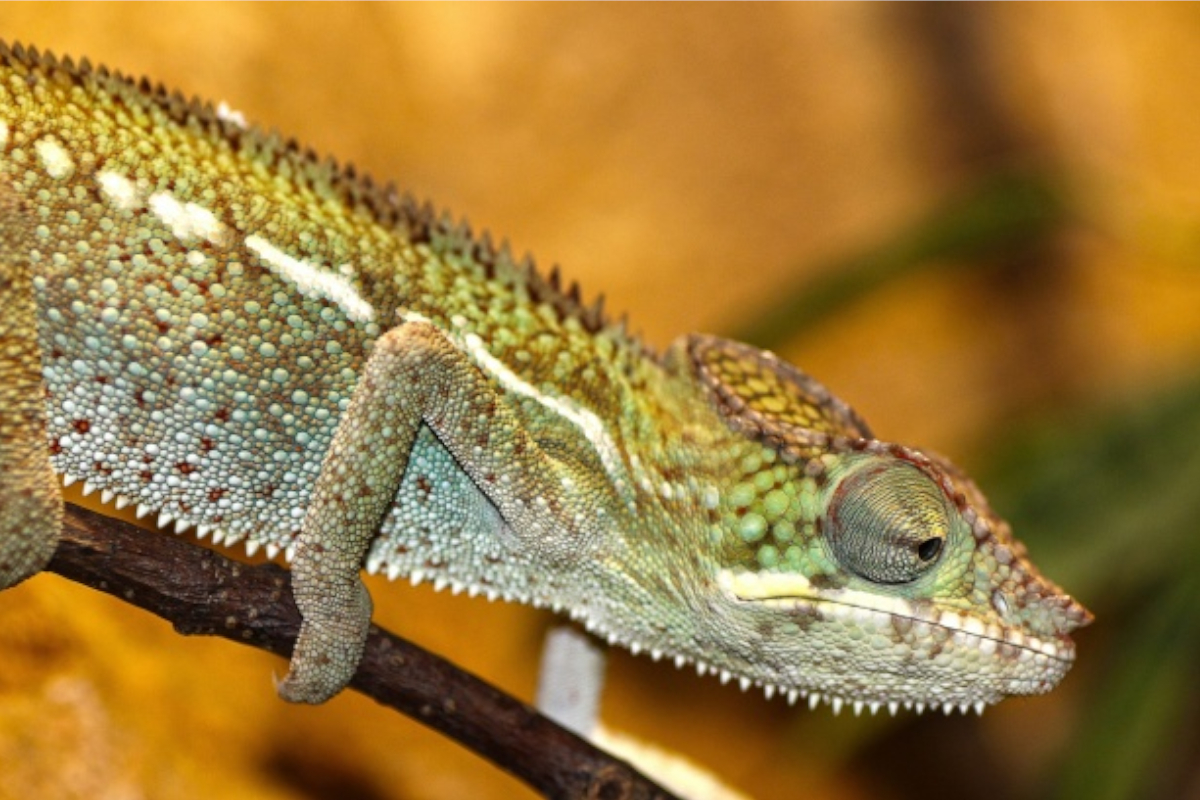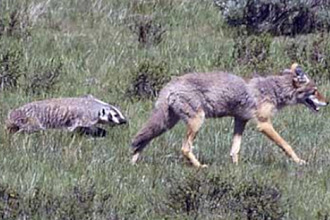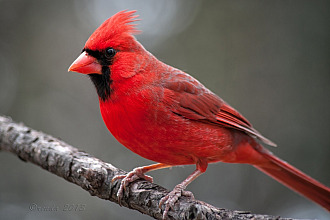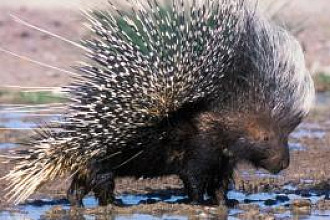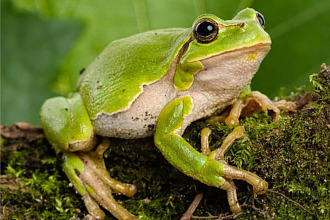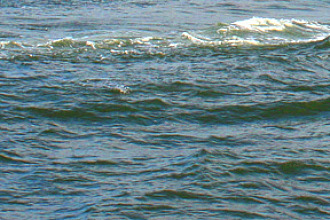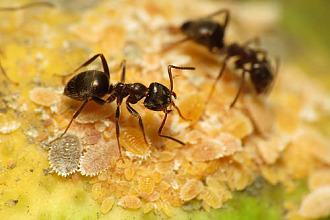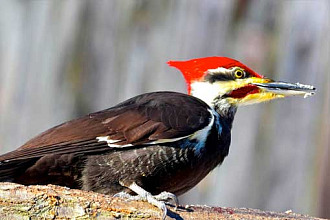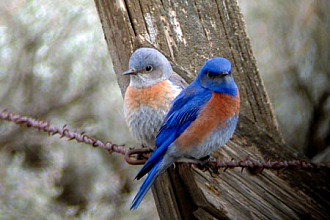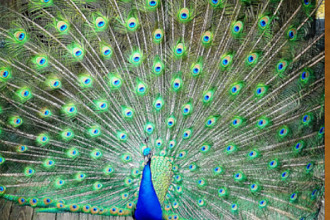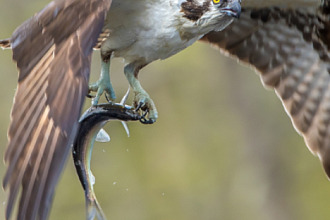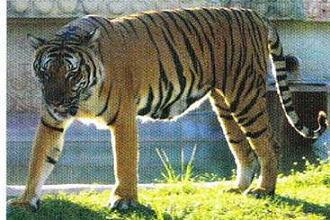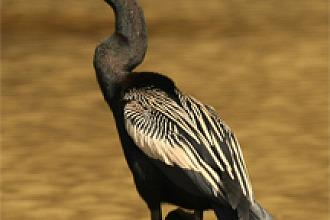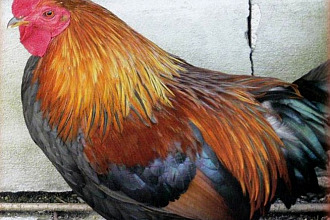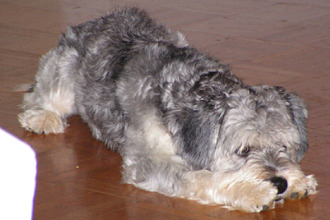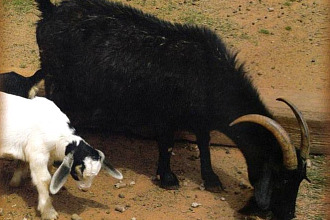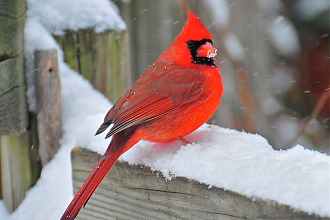...Stealth. Patience. Vigilance. Slowly the hunter moves unseen among the branches. His independently rotating eyes constantly scan the leafy canopy in every direction. No insect is safe within striking distance of his infamous weapon—a fast-acting and deadly accurate catapulting tongue....
Hiding in Full View
This hunter is often in danger of becoming the hunted, so hiding is a key to his survival. Contrary to popular belief, however, the chameleon does not change color to match his background. At rest, however, his coloration—usually shades of green or brown—generally serves well as camouflage...
A Steady Grip
All chameleons have clamp-like feet, with toes arranged in what is called a "zygodactyl" pattern. These clamps give the chameleon a steady grip with little effort. On his front feet, two toes are fused on the outside and three on the inside. On his back feet, the pattern is reversed—three on the outside and two on the inside. Such a design is ideal for grasping branches, twigs, or stems.
The Creator also gave chameleons a fifth "limb," a prehensile (gripping) tail. This useful tool increases the creature's stability among the swaying branches and rescues him if he happens to lose his grip during an attack....Occasionally his back feet come off the branch. Whether it is intentional or he simply loses his grip, this allows him to reach a fraction of an inch farther.
An Impressive Tool Chest
Eyes like No Other
The chameleon's eyes have to be one of the most fascinating tools God gave him...
Amazingly, each eye rotates independently, seeing two different images at once. So the chameleon can see virtually 360 degrees around him without moving his head. This ability is extremely helpful when trying to spot a fly while keeping a close lookout for a hungry bird approaching from a different direction...
A Deadly Tongue
The long tongue is stored, accordion style, on something called a hyoid bone (actually made of cartilage), which serves as the stable "frame" for launching the catapult. The tongue fits over this rod in much the same way a long sleeve of a sweater is pushed up your arm. After the chameleon takes aim, special muscles cock, trigger, and catapult the tongue. As the ballistic tongue launches, its core telescopes outward...
One-of-a-Kind Design
We've only scratched the surface of the chameleon's incredible design...We really are witnessing and studying the Creator's amazingly complex and efficient design, clearly seen even in a fallen world...
Did You Know?
- Chameleons change color to communicate with other chameleons, to display their mood, and to respond to temperature and humidity, not to match their background as is often thought.
- While their color-changing ability is limited, each species displays a different palette of colors and patterns (stripes, spots, etc.). Size varies from just 1.3 inches (3.3 cm) to over 2 feet (0.7 m). With over 160 species, their variation rivals the number of dog breeds registered with the American Kennel Club (170 breeds).
- Reminiscent of the frills and horns of many dinosaurs, chameleons display a wide assortment of horns, scaly projections growing from the tips of their snouts, sail-like crests that run along their backs and tails, helmet-like growths, and elephant ear-like flaps that they can raise and lower.

